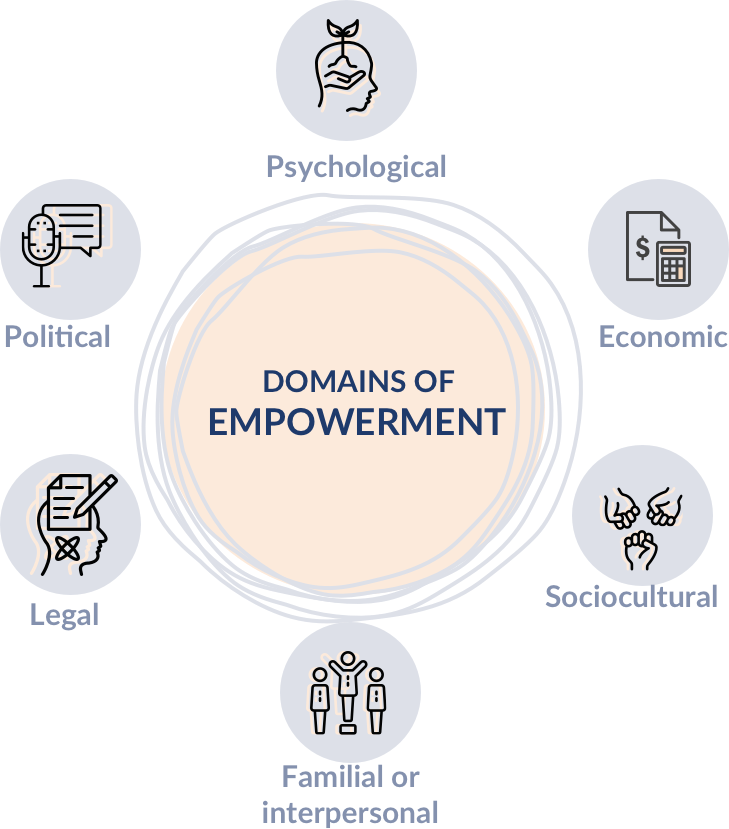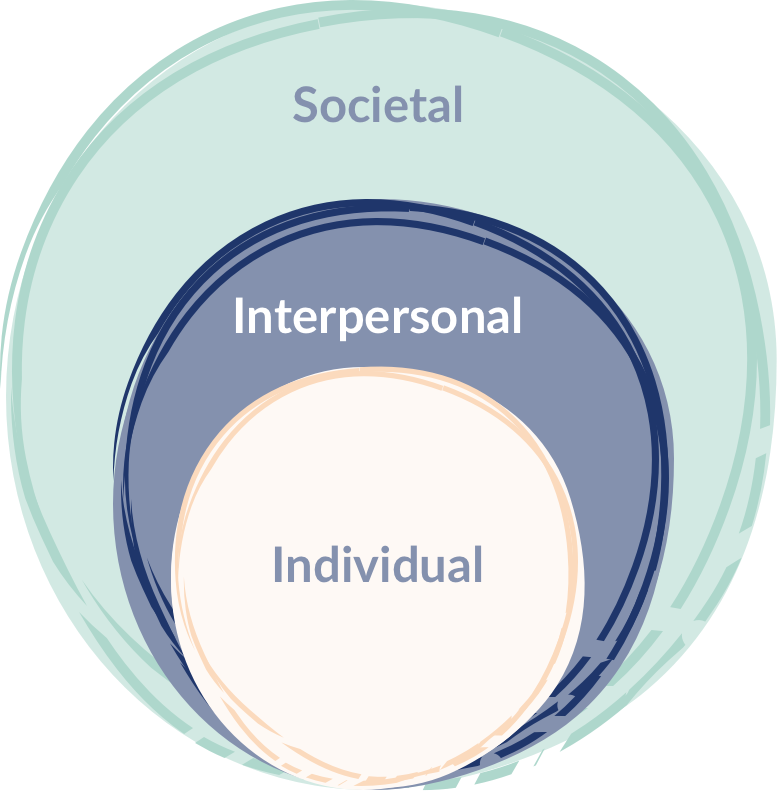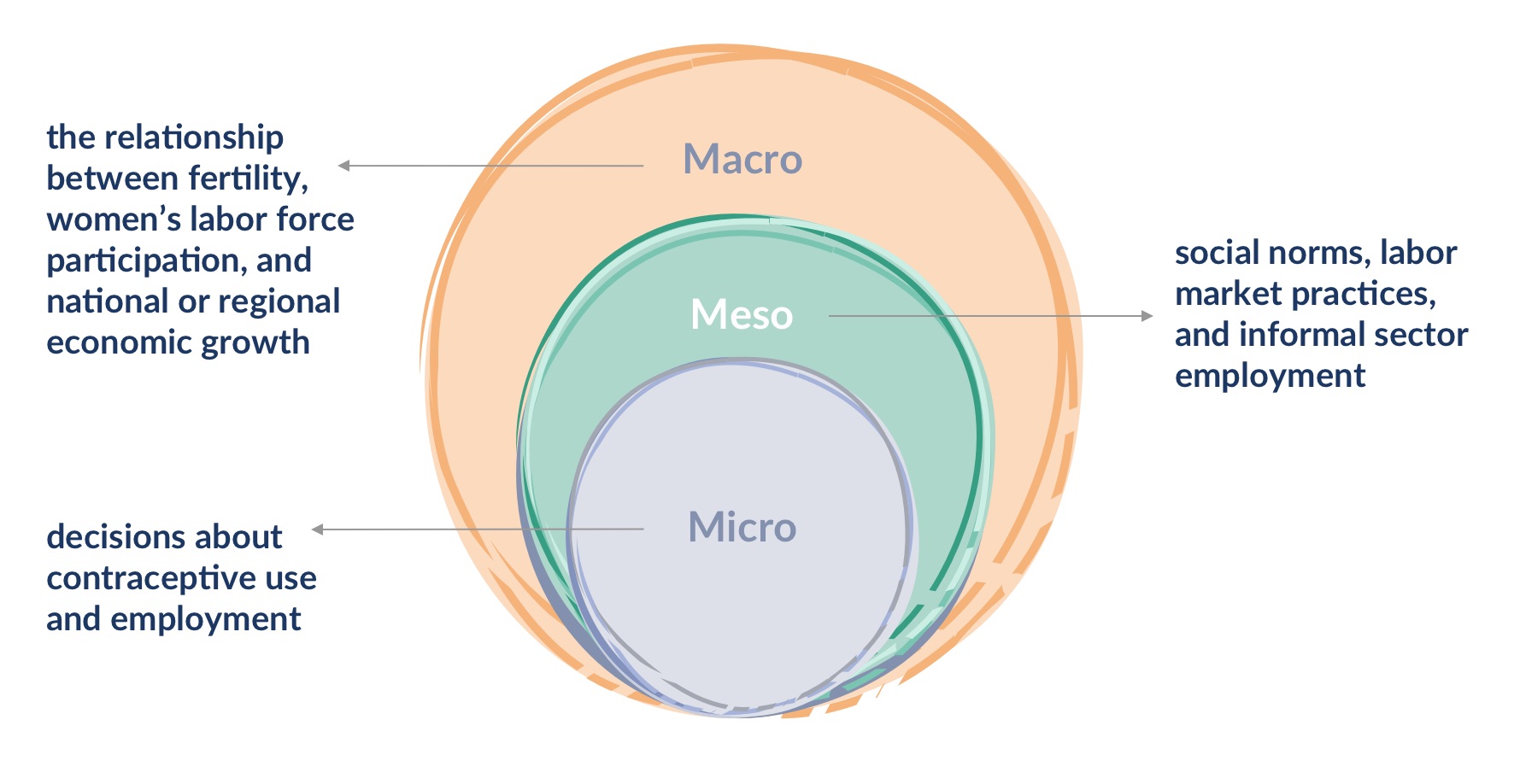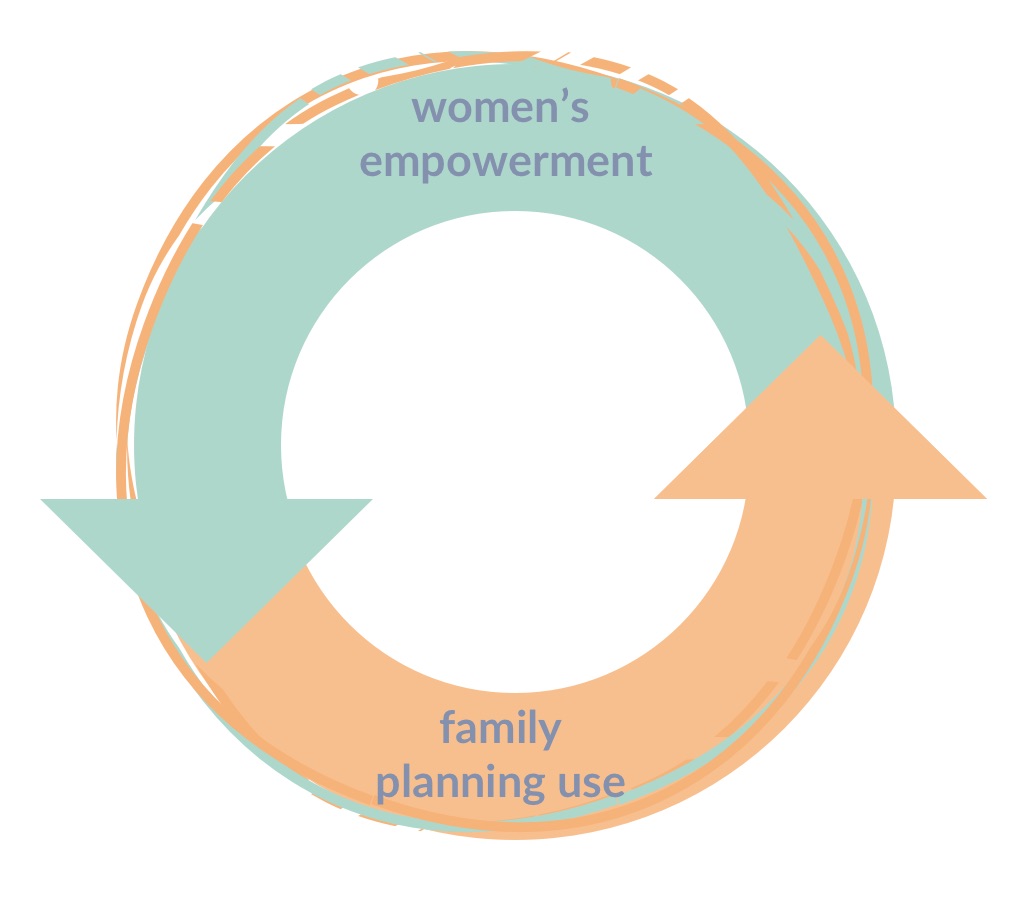What is women’s empowerment?
There are multiple ways of conceptualizing the multi-dimensional process of women’s empowerment.
Two commonly accepted definitions include:
Empowerment as a method of using of one’s agency. Agency can take different forms: capabilities, empowerment, and citizenship. Empowerment refers to expanded ways of “being, doing, thinking, feeling, and knowing” that seek to challenge the gender inequalities of daily life. Listen to Dr. Kabeer explain the different kinds of agency.
Empowerment as the capacity to make purposive choices that achieve desired actions and outcomes. Read more here in the proceedings Chapter 5.



